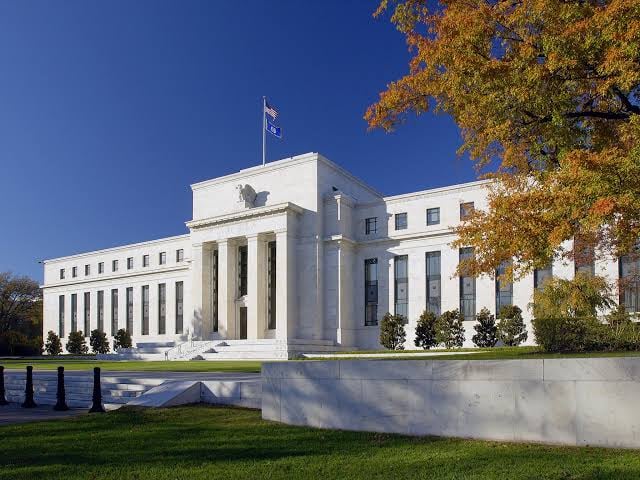Global Central Banks Set for Major Interest Rate Moves

This week marks a pivotal moment for central banks worldwide, with several poised to announce interest rate changes. The U.S. Federal Reserve’s two-day meeting, starting Tuesday, is at the forefront, with widespread expectations of a rate cut.
While most traders anticipate a quarter-point reduction, 41% predict a half-point move. Currently, the Fed's target rate stands between 5.25% and 5.5%. Some economists argue for a 50-basis-point cut, suggesting the Fed had previously tightened too aggressively. Others warn that such a move could destabilize markets, advocating instead for a more conservative 25 basis points.
Brazil's central bank is also in focus, with strong Q2 economic data prompting expectations of a rate hike in September. Banco Central is projected to raise the Selicrate by 25 basis points to 10.75%, potentially reaching 11.50% by the end of 2024.
In the UK, the Bank of England is not expected to change rates on Thursday, with a Reuters poll indicating all 65 surveyed economists foresee rates holding at 5%. The BOE delivered its first rate cut in over four years in August.
What Does This Mean for Me?
Meanwhile, South Africa's Reserve Bank may cut rates for the first time since the pandemic. Norway's NorgesBank, holding rates at a 16-year high of 4.5%, is likely to keep rates steady. The Bank of Japan is not expected to raise rates this week, but a rate increase by year-end seems possible. This flurry of central bank activity reflects differing responses to complex global economic dynamics.
More News
.webp)
Japan’s Rate Shift Is Rippling Through Global Bond Markets
5 days ago

China’s Growth Engine Stalls as Consumers and Investors Pull Back
1 week ago

Egypt’s Recovery Gains Traction as Household Pressure Lingers
2 weeks ago

OECD Warns AI and Tariffs Will Test the Global Economy
3 weeks ago

Zero Tariffs, Higher Drug Bills as US and UK Reset Pharma Trade
3 weeks ago

Catastrophe Bonds Go Global as Climate Risk Meets Yield Hunting
3 weeks ago
.webp)
Canada Shields Steel and Lumber Industries From Tariffs
3 weeks ago

Trump Drops Selected Tariffs in Response to Inflation Pressures
4 weeks ago